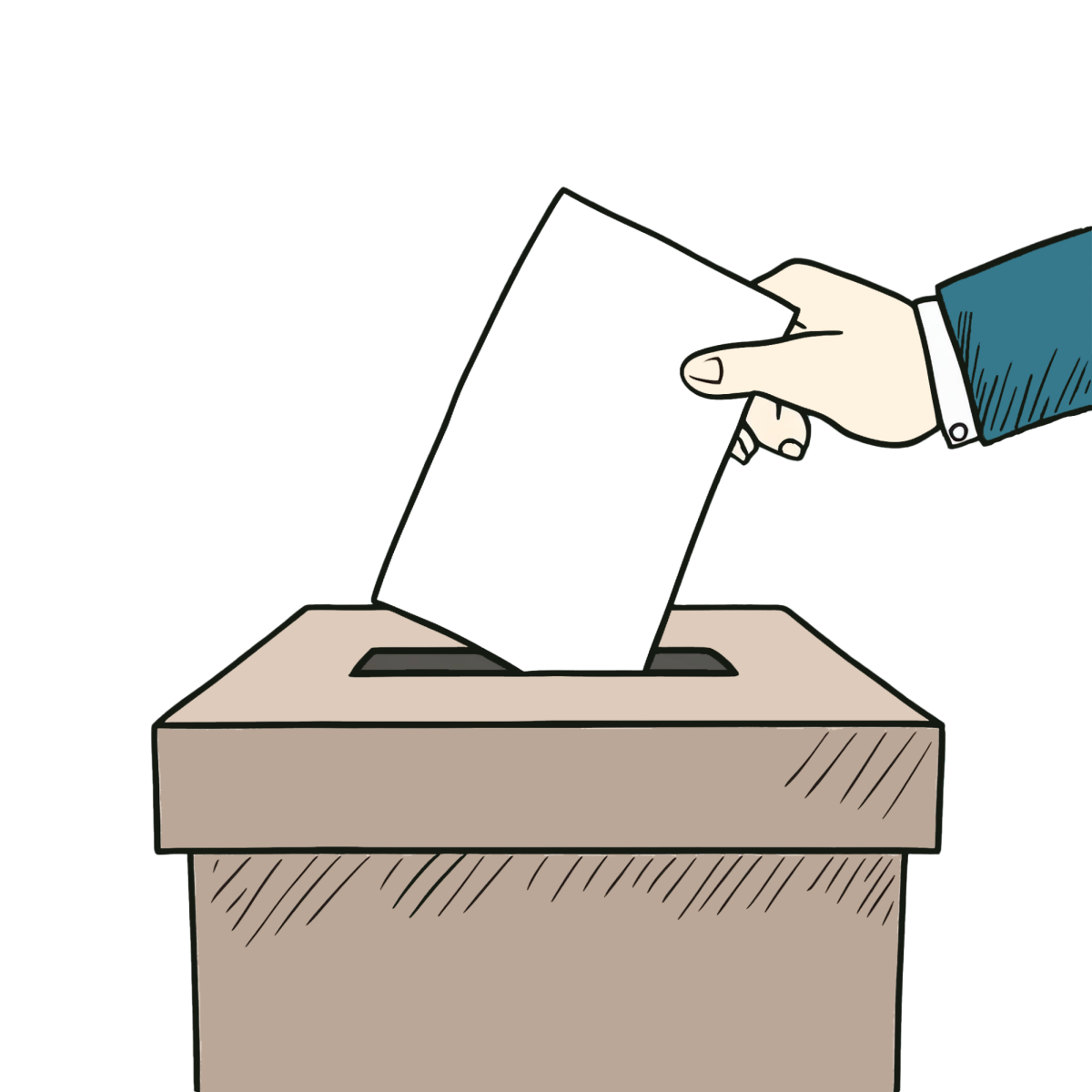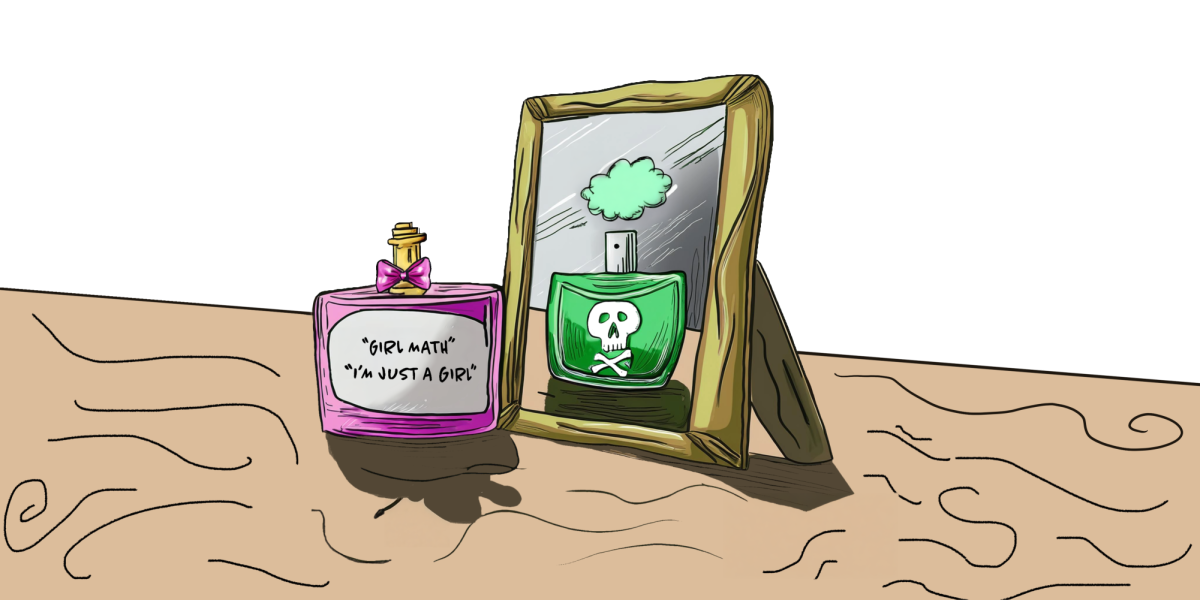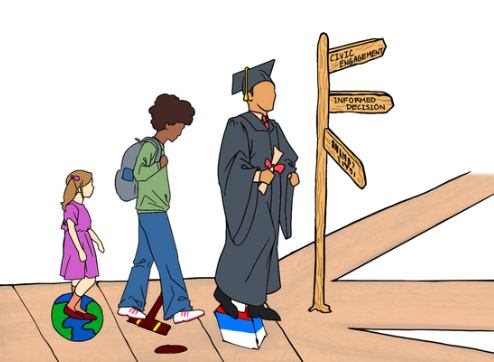Written by: Akansha Gupta
In the past few years, menstrual activism has become more prominent. NPR dubbed 2015 “The Year of the Period,” and New York City mandated free access to menstrual products in public schools, shelters and corrective facilities. 2016 hasn’t been too shabby either: Brown University students returned to school to find tampons and sanitary napkins available in academic bathrooms. Yet, the average American high school has a long way to go before students are assured free and easy access to tampons and pads in bathrooms.
In 2015, First Lady Michelle Obama launched the “Let Girls Learn” initiative to help adolescent girls around the world overcome physical, cultural and financial barriers to education. The organisation weighs in on issues like child marriage and easy access to school. It also believes the provision of tampons and pads is an issue of educational equality. They’re not alone; the United Nations and Human Rights Watch have linked menstrual hygiene to human rights because women often miss work and school due to their period. In some parts of the world, such as regions in Southern Asia, Bolivia and Iran, girls are taught to be ashamed of their periods. They are misinformed, isolated and denied access to bathing and feminine products. Even within the U.S., tampons and pads aren’t available to everybody. At an estimated seven to ten dollars per month, some girls may not be able to afford them.
Free the Tampons, a non-profit that campaigns to make feminine products accessible in all restrooms, found that 48 percent of women only carry tampons or sanitary napkins during their period or when they are expecting it. They reported 86 percent of all American women have unexpectedly started their period in public without the supplies they need. In such cases, 34 percent went home immediately to get them. This is an even greater challenge for growing high school girls–their periods are often irregular and unpredictable due to hormonal changes. When caught without supplies, high school students should not have to skip class to get supplies.
Though places like New York City and Brown University have taken great strides in providing free menstrual supplies to their students, vocal critics still exist. Some people wonder why it’s necessary for feminine products to be available in bathrooms when they’re easily accessible at the nurse’s office. However, they fail to recognize the inconvenience of having only one official source for menstrual products in schools. Periods don’t always start in the nurse’s office, and high school girls are understandably embarrassed to approach an adult they don’t know well about something personal.
The obvious solution to this is to get rid of the stigma our society assigns the “time of month” and “Aunt Flo.” Yet this is easier said than done. Wisecracks attributing mood swings and irritability in women to Premenstrual Syndrome have become a pop-culture staple. These jokes are one reason women are uncomfortable when disclosing when they’re on their period. According to a survey by the women’s health app Clue, 17 percent of women from all over the world have missed school, work or an event because they were afraid of someone finding out they were on their period. This mindset can be changed by embracing menstruation as a healthy, natural part of life. However, it will take years, if not decades.
In the meantime, schools can make sure their students are healthy by ensuring that bathrooms are stocked with free tampons and sanitary napkins. This way, people who need feminine products can easily access them—no questions asked.









